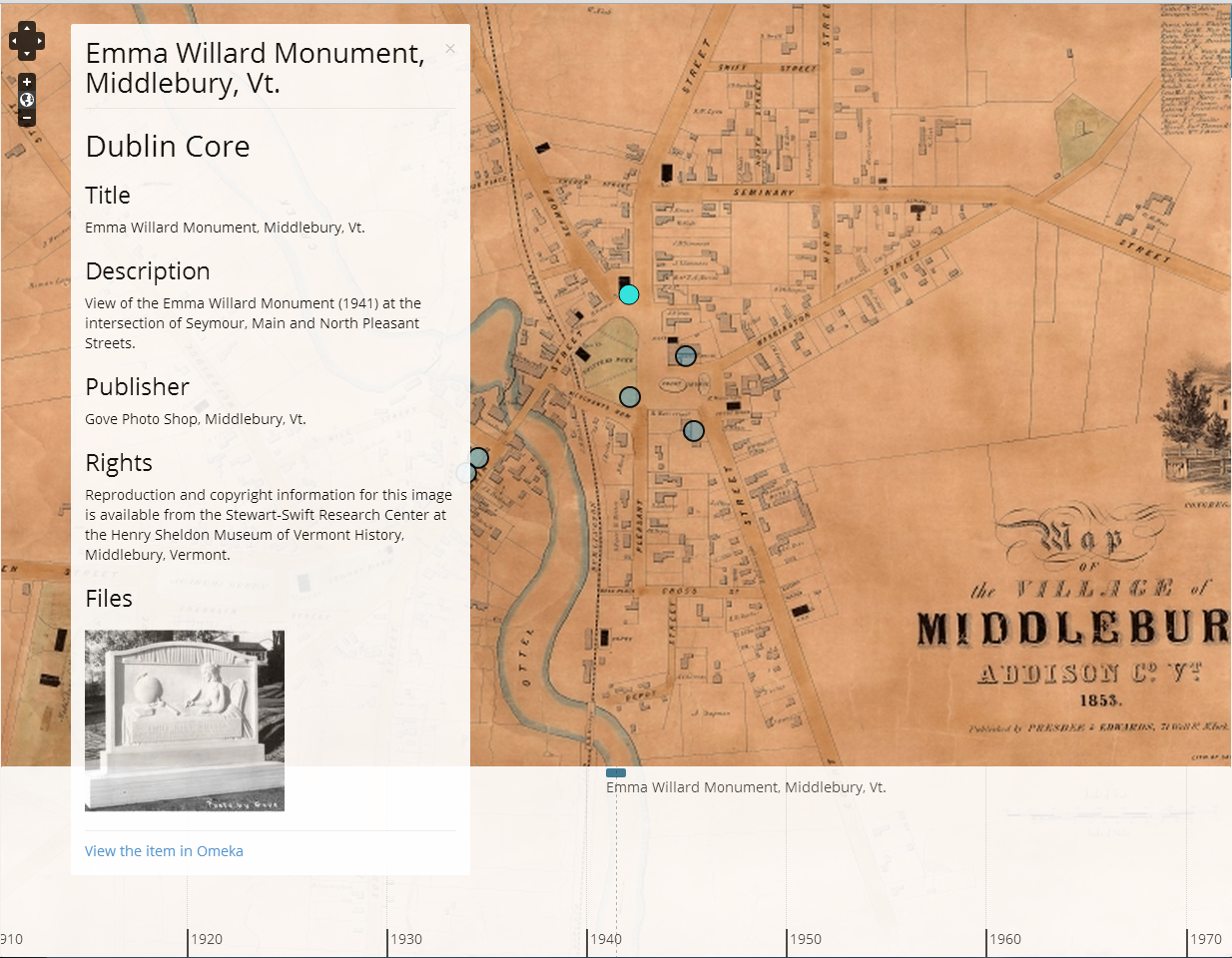
Building Digital Exhibits in the Classroom with Omeka and Neatline
How can the digital humanities facilitate more direct engagement between academic researchers, students, and public audiences? At Our Marathon: The Boston Bombing Digital Archive, where I am currently Co-Director, we decided very early on that active public participation was integral to the success of the project. In addition to public engagement, we also wanted to create a digital archive that included robust metadata (or information about each of our objects) that would aid future researchers who wanted to work with our collections. It didn’t take long for us to settle on using Omeka.
Omeka is an open-source content management system (CMS) built at the Center for History and New Media at George Mason University that enables users to collect, annotate, and exhibit digital objects and artifacts. Omeka is a really powerful and useful tool for any digital humanist. Because Omeka is open-source, many digital humanities programs have developed features that you can add on (or “plug-in”) to Omeka to extend its uses. One of the most exciting plug-ins developed for Omeka is Neatline, a tool that helps students, researchers, and archivists create dynamic and rich digital exhibits. With the addition of two small apps, called SIMILE Timeline and Waypoints, Neatline can be used to set up multi-faceted digital exhibits that users can explore through time, space, or narrative. You can read more about Neatline here.
Examples of Student-built Exhibits:
- Undergraduate student project on the 1919 Molasses Flood in Boston (via Ryan Cordell)
- Undergraduate student project on the Boston Harbor Islands (via Ryan Cordell)
- Our Marathon library and information science intern maps photos from the Boston Bombing Memorial onto iconic Fenway Park
- University of Virginia undergraduate’s mapping of Lovecraft in Providence
Examples of Researcher-built Exhibits:
- Bethany Nowviskie’s “Inventing the Map” about the maps of Frances Henshaw (a student of the Middlebury Female Academy)
- Scholar’s Lab map of University of Virginia campus
- David McClure’s Hotchkiss Maps the Battle of Fredericksburg for his Child
- See more examples here
More Neatline Tutorials
- A tutorial that uses Neatline to, well, teach Neatline
- Also see Neatline’s extensive documentation
- Making non-linear arguments with Neatline
- How to use the Timeline widget in Neatline

One comment